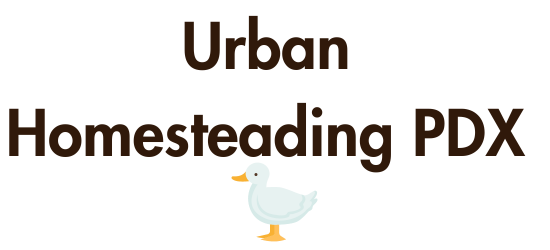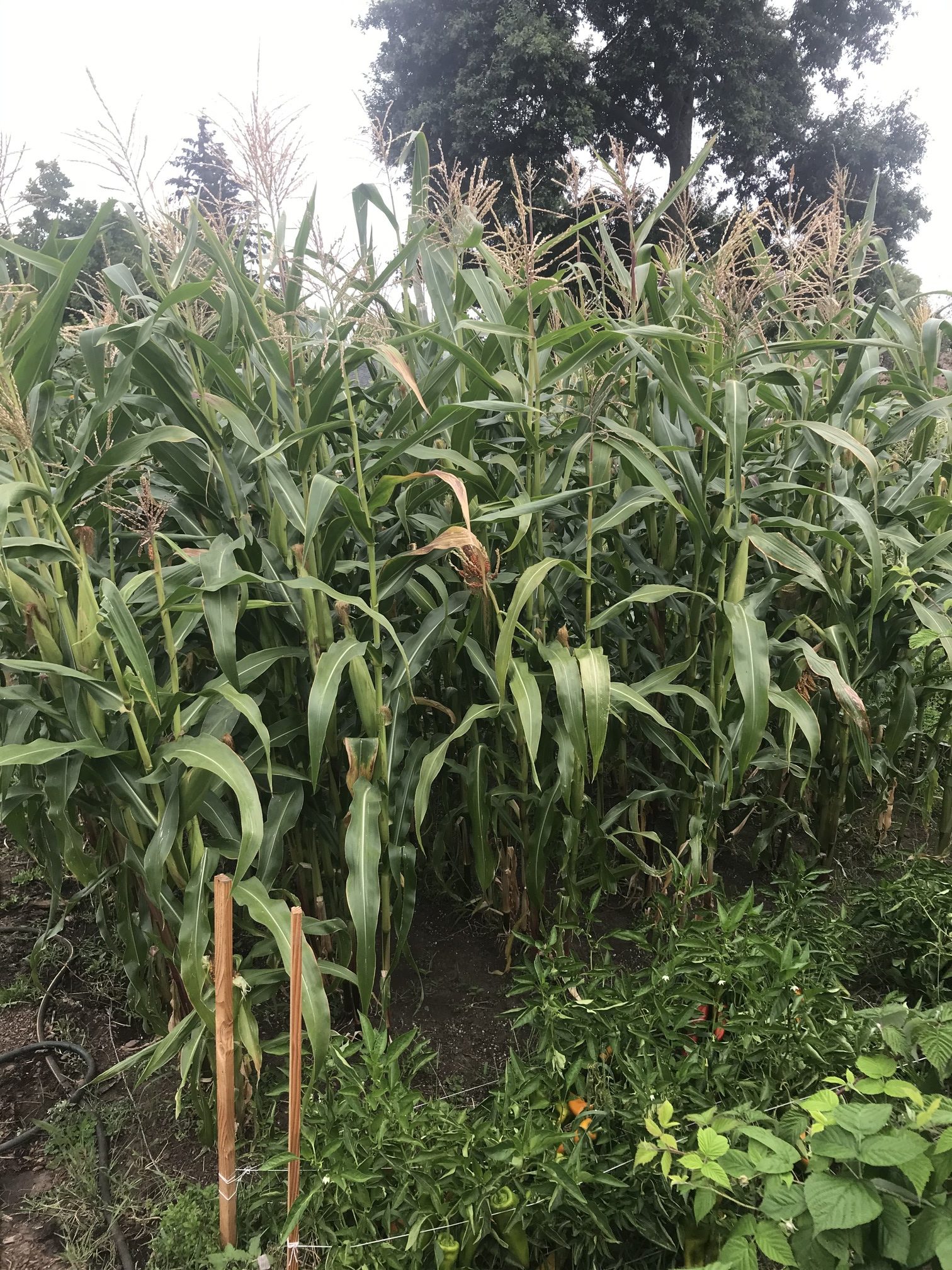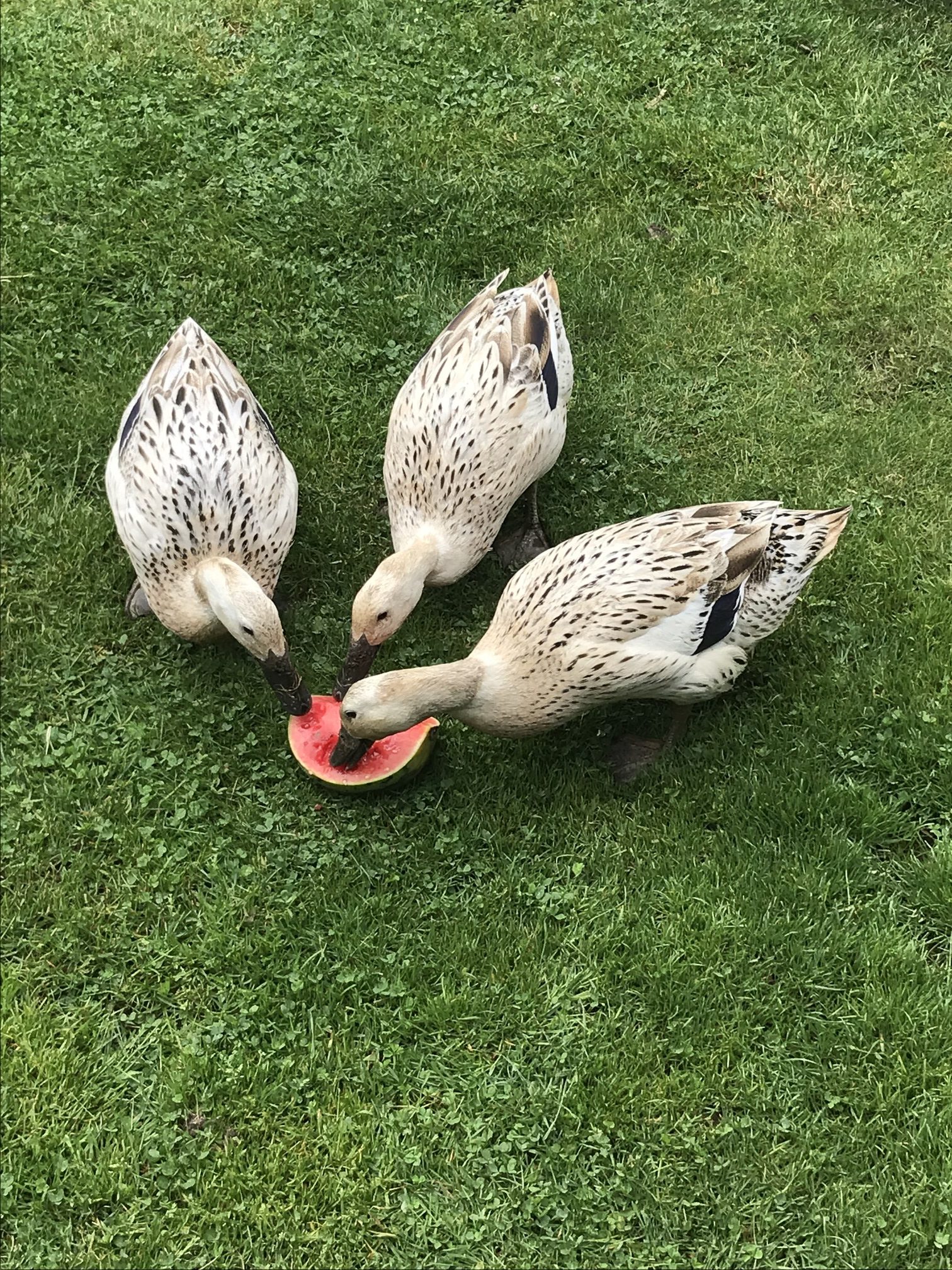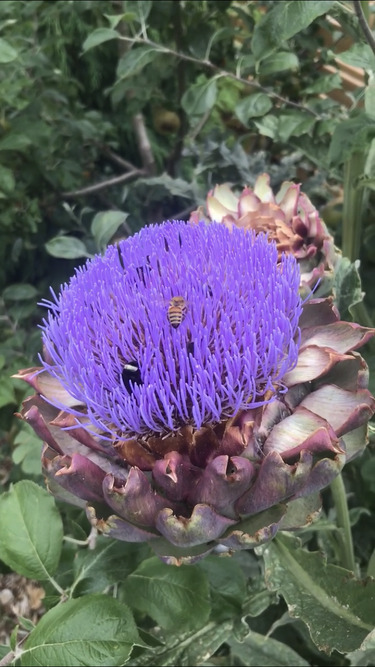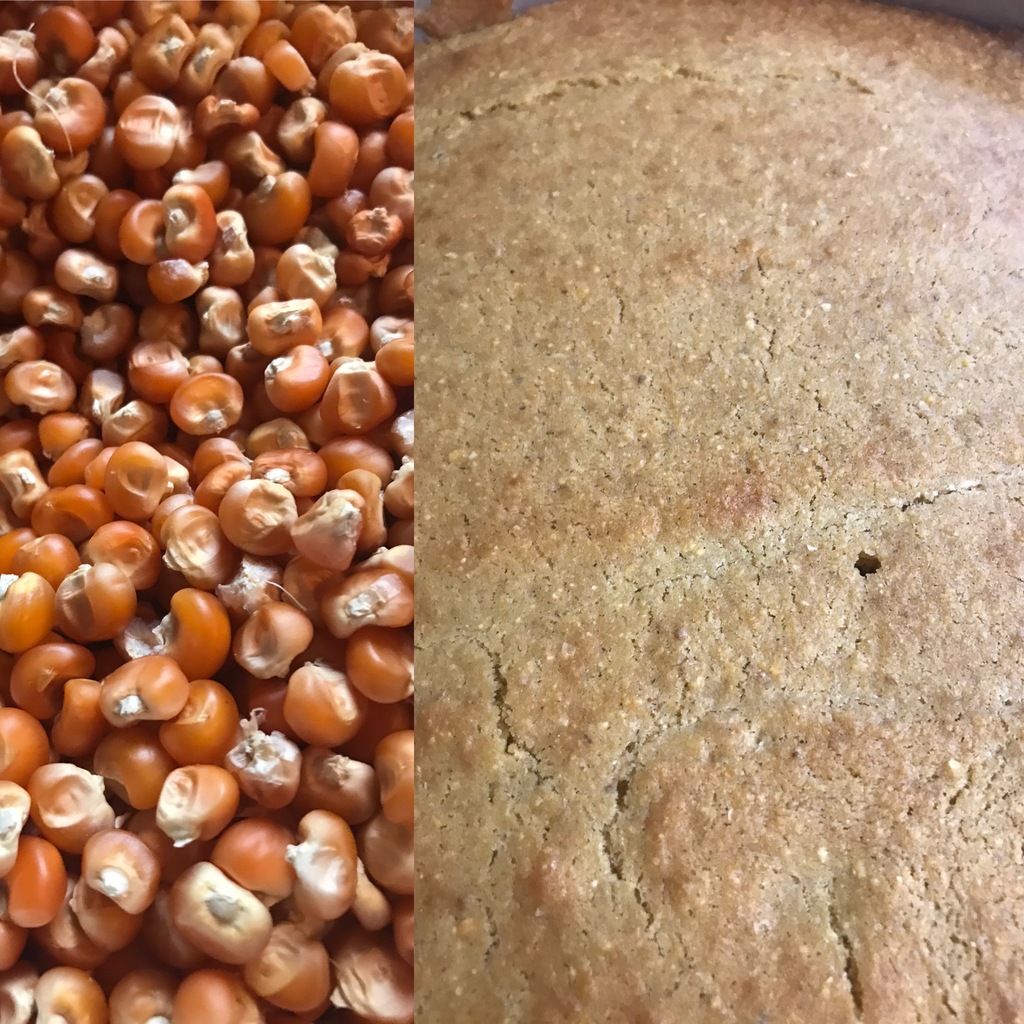Urban Homesteading PDX
A collection of stories from our urban homestead in Portland Oregon.
Our Stories
Follow along as we learn and explore urban homesteading in Portland, Oregon
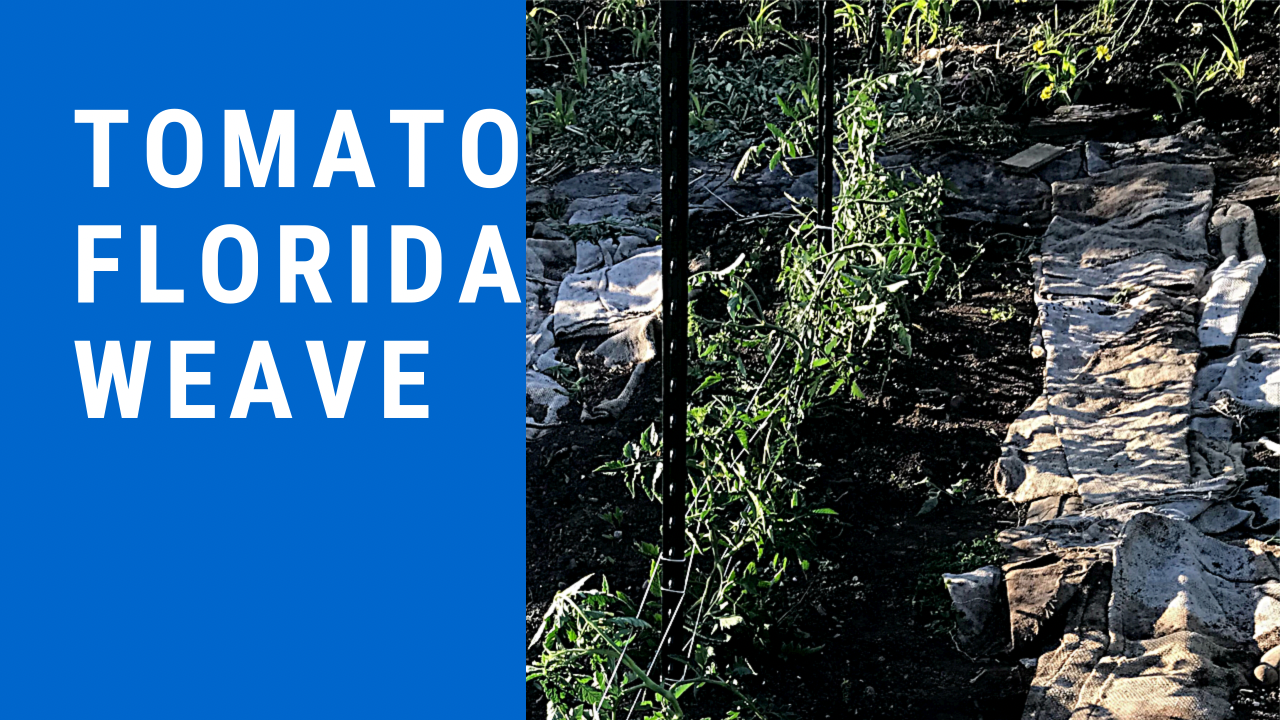
Florida Weave for Tomatoes in Community Garden Plot
We use the Florida weave for our sauce tomatoes growing in the community garden plot. This is a great way to trellis indeterminate tomatoes. Together with T posts or wooden stakes, you wrap the string around all of the tomatoes. By weaving the twine around the plants...
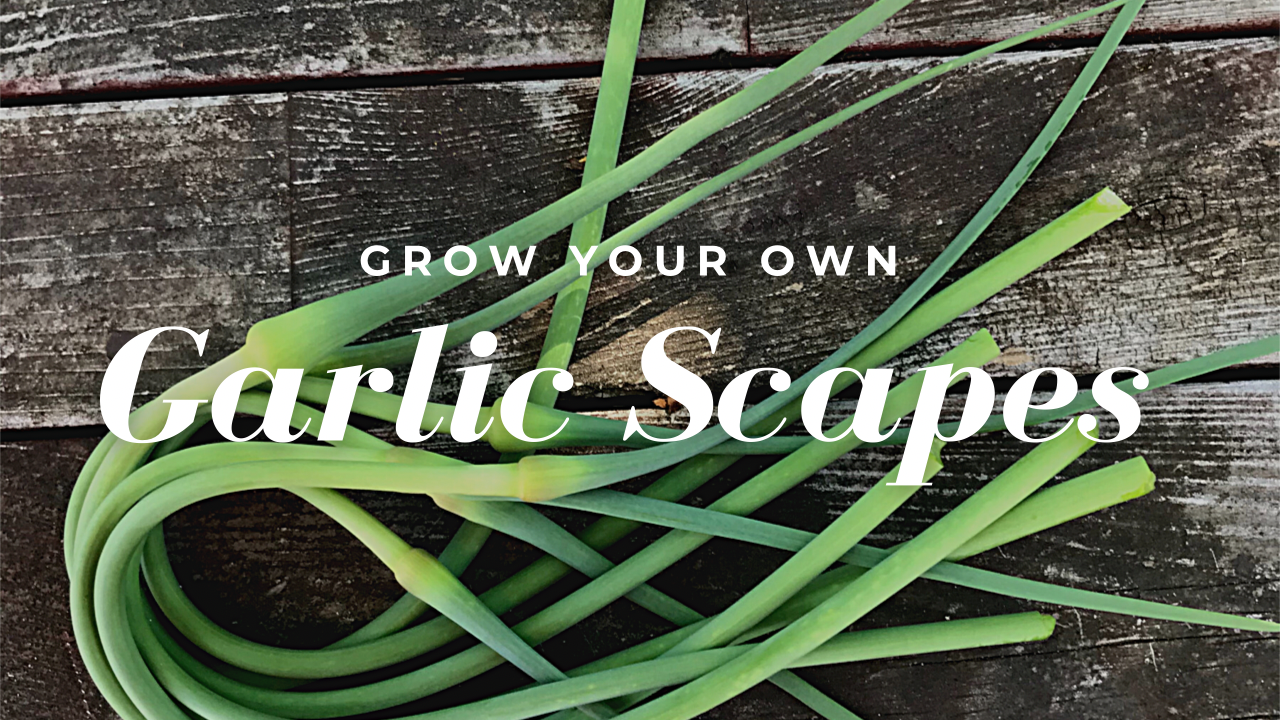
Garlic Scapes: Why We Grow Garlic
We grow our own garlic so that we have garlic scapes in the late spring to enjoy. The garlic bulbs are of course enjoyed throughout the year, but is the scapes that we enjoy the most. The garlic scape is the stalk that forms at the top of the hard neck garlic when the...
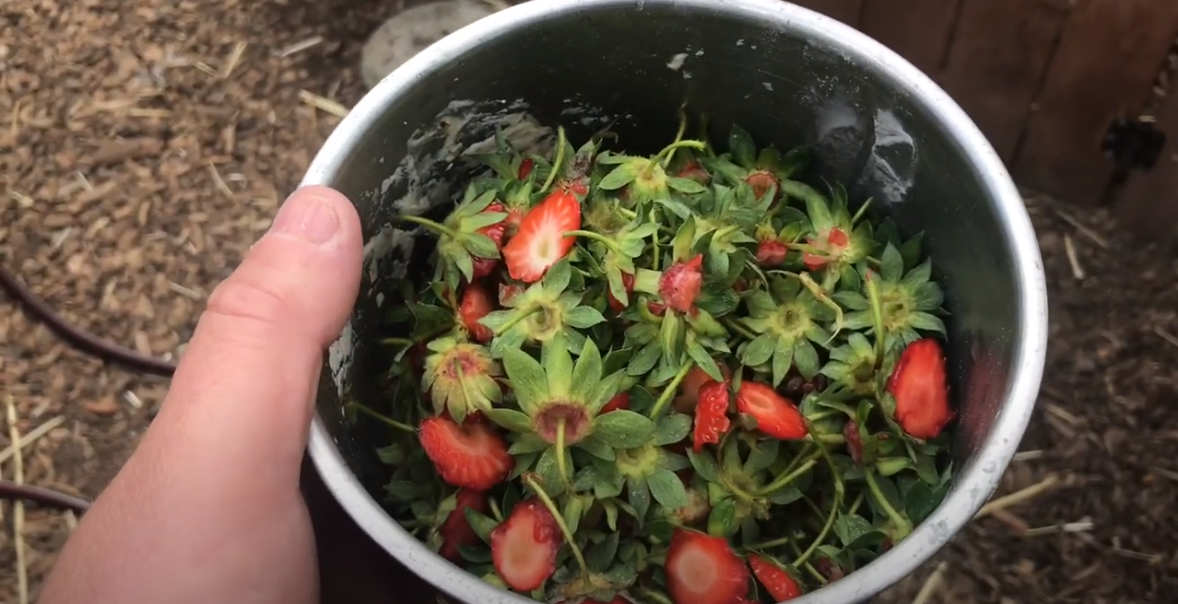
Chicken Snacks | Hood Strawberry Tops
It's snack time for the chickens. We are processing a flat of hood strawberries that we picked up from a local farm. The strawberries will be eaten fresh, turned into home-baked strawberry danish's, and the rest frozen for use later, but the tops go to the chickens....
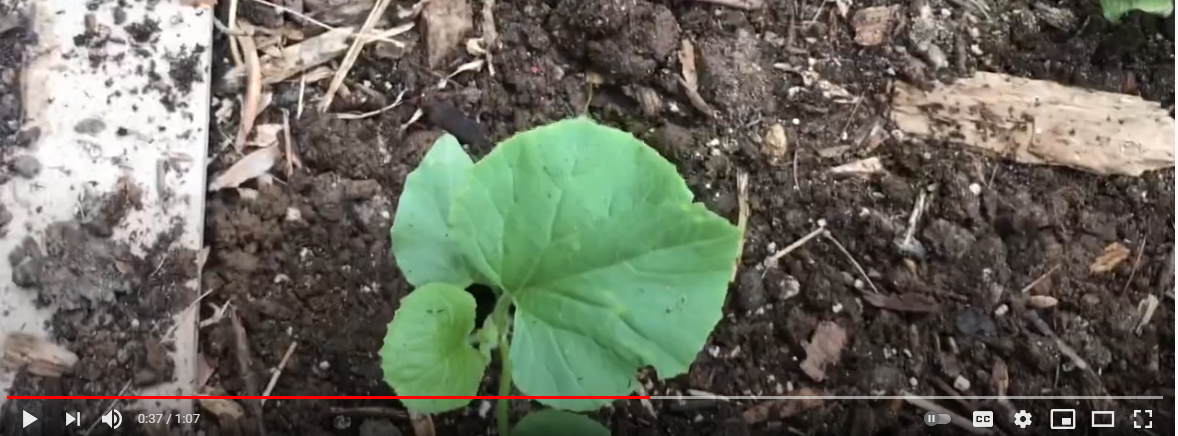
Planting Cucumbers Against The Back of our Garage
We put in a short row of 10 cucumbers in our backyard against the garage. This is a small space that we have sectioned off from the rest of the area we allow our ducks to roam and forage. Given that we have used so much of our garden for fruit trees and perennials we...
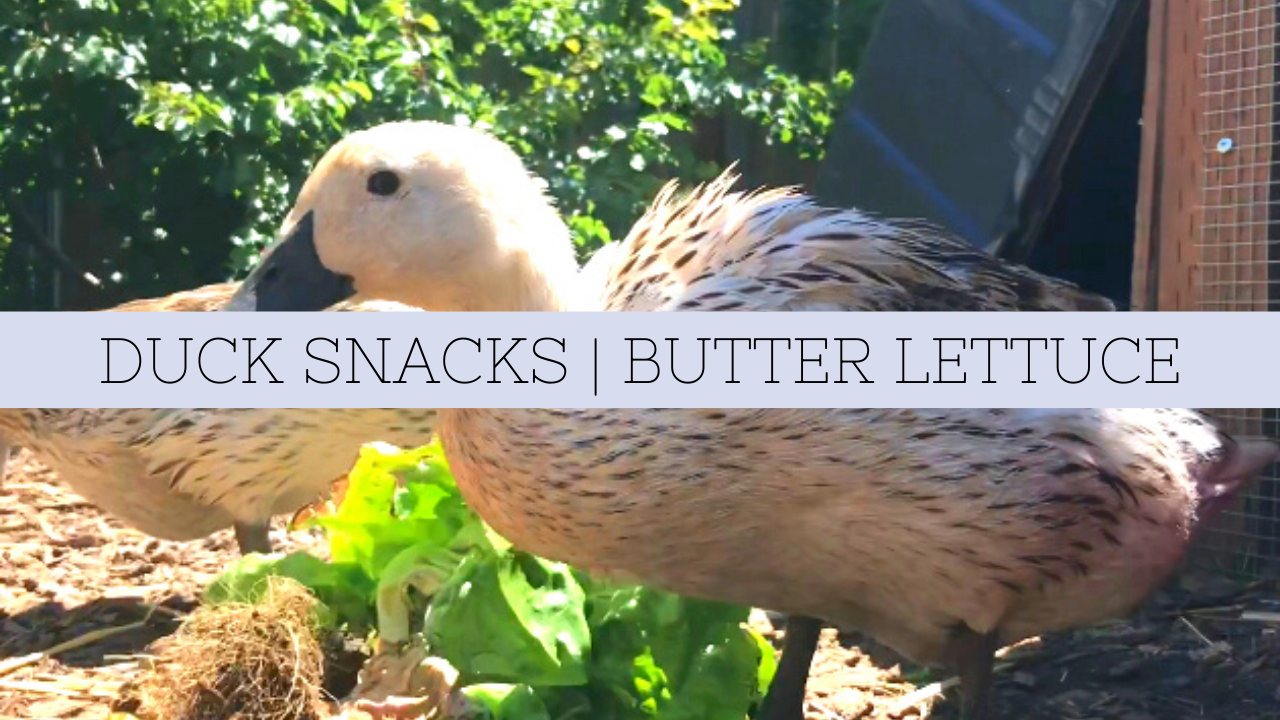
Duck Snacks | Welsh Harlequins Eating Butter Lettuce
The duck snack for today was an old head of butter lettuce that has started to bolt. As the spring turns to summer we like to feed our welsh harlequin ducks snacks from the garden that we are not going to eat ourselves. Instead of just composting this bolting plant,...
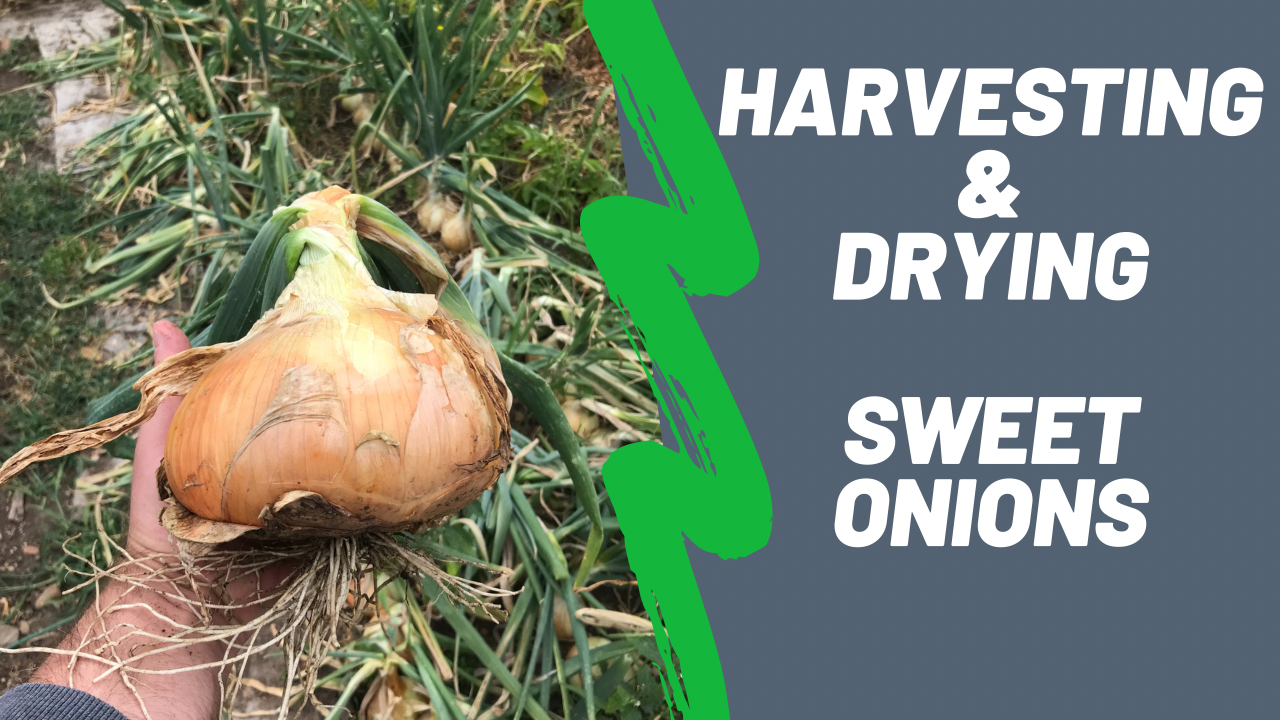
Sweet Onions: Harvesting and Drying
We were harvesting and drying the sweet onions today grown in the community garden plot. The sweet onions that we grew this year were Walla Walla and Alisa Craigs. Both of these varieties get very large and are excellent for making onions rings and for slicing to...
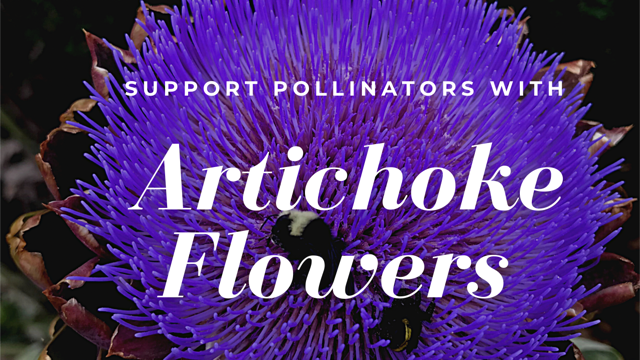
Letting Artichokes Flower for the Bees and Pollinators in your Food Forest
Do like to grow artichokes? Consider letting your artichokes go to flower in your food forest garden to help bees and other pollinators. We allow the majority of our artichokes to flower. An artichoke produces huge beautiful purple flowers. Consequently, if you let...
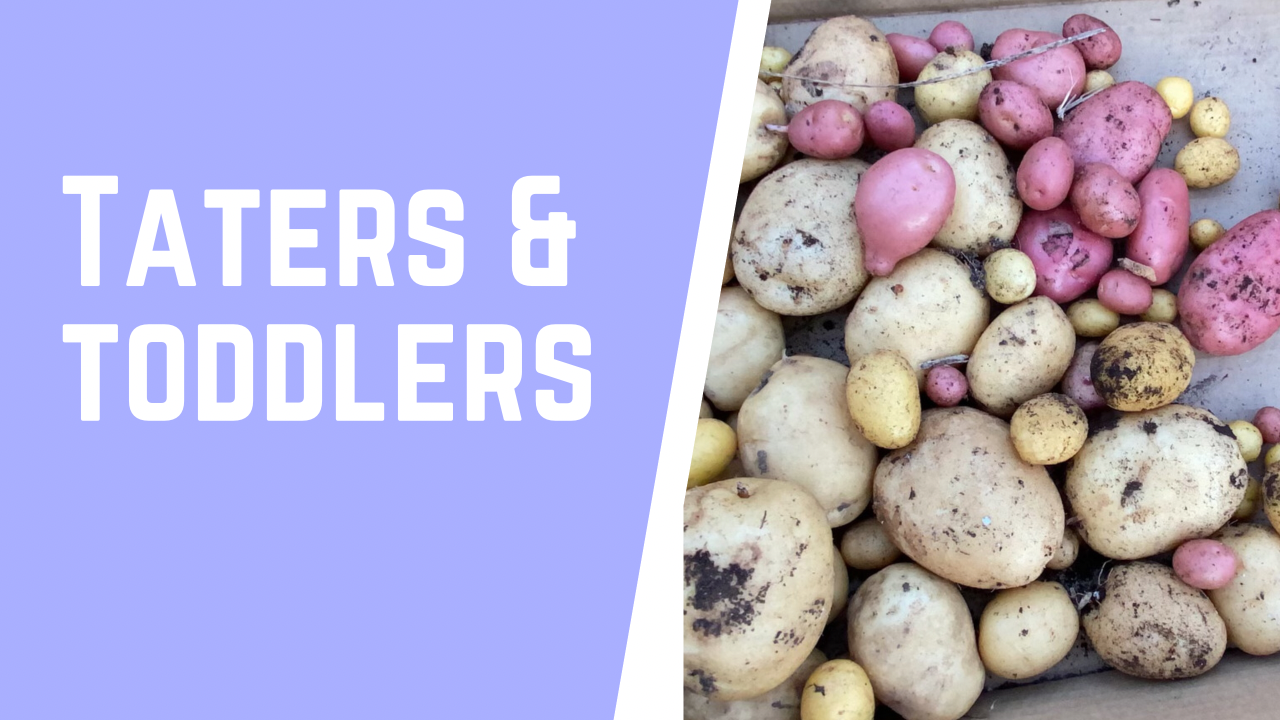
Harvesting Potatoes: Toddler Finds Taters
Our little toddler loves yummy taters and he helped with part of our potato harvest this year. We grow potatoes in a variety of methods. These were a few extra seed potatoes of a red potato variety and Yukon golds that we had after planting our main rows. We tossed...
Community Garden Projects
Our Community Garden Plot
Duck Ducks
We love our ducks.
Home Garden Project
Our 1/4 acre property is home to fruit trees and bushes, raised garden beds, and diverse native plants intermingled throughout.
Enjoying the Harvest
Using what we grow to feed ourselves, friends, and family.
About
Hi I am John Johnson and an avid urban gardener in the greater Portland Oregon area. We raise ducks and chickens in our urban lot. We also have planted a large food forest including apple, pear, persimmon, quince, cherry, apricot, and pawpaw trees. Our favorite understory shrubs include blueberries, raspberries, marionberries, honeyberries, and jostaberries. We grow a substantial garden with both in ground garden beds and raised garden beds. These are stories from our adventures growing food and raising animals in an urban setting and the tools that we use to make it happen. This site is supported by affiliate ad revenue.
Urban Homesteading in Practice
What elements of urban homesteading are you interested in?
- Reducing Resource Use. By using alternative energy sources such as installing solar roof panels, riding a bicycle, using public transportation, harvesting rainwater, drying clothes on a line, and reusing greywater.
- Raising Animals. A backyard poultry flock of chickens, ducks, or even other animals such as rabbits or goats. Honeybees and worms in a vermicomposter are also popular urban homesteading animals to raise.
- Edible Landscaping. Growing vegetable gardens, backyard orchard fruit trees, medicinal plants, and herbs, and converting lawns from traditional grass to food forest gardens.
- Self-Sufficient Living. Connecting with your community to trade and share resources that can be repaired, recycled, or made from scratch materials.
- Food Preservation. Managing a harvest of vegetables or fruit is just as important as growing. Canning, drying, freezing, and fermenting are the most popular methods for preserving a harvest for consumption over many months.
- Composting / Building Soil. On-site composting of plant materials and basic kitchen scrap materials. Building soil spreading compost throughout food forest or practicing chop and drop methods or spreading wood chips to feed the microbiology of the soil. Developing a rich soil ecosystem over years of intentional actions to feed the life in the soil.
